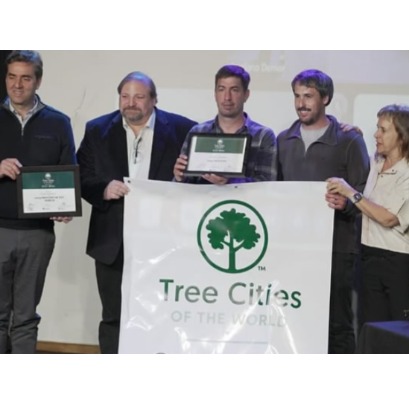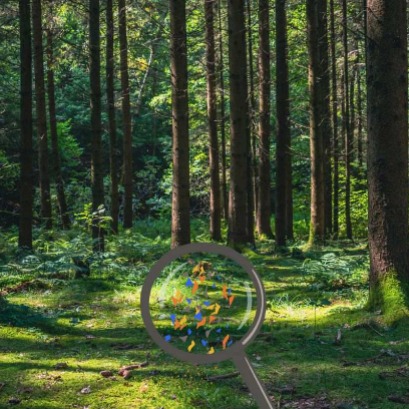
Kiri, un árbol mágico
La naturaleza nunca deja de sorprendernos con sus maravillosas creaciones
La naturaleza nunca deja de sorprendernos con sus maravillosas creaciones, por eso hoy te presentamos un árbol que es excepcional: la Paulownia Tomentosa, conocido como Kiri o Arbol Emperatriz, al que también podría bautizarse como “El Arbol Mágico”. ¿Por qué te decimos esto? El Kiri absorbe más dióxido de carbono que cualquier otro árbol, emite grandes cantidades de oxígeno, sus gruesas y profundas raíces salvan de la erosión los suelos, sobrevive al fuego (debido a su capacidad de regenera las raíces), vive hasta 100 años y retoña hasta 5 veces del mismo tronco. Además, tiene la velocidad de crecimiento más elevadas del Reino Vegetal: en un año crece cuatro metros y medio.

IT MAY INTEREST YOU
 Mercedes was distinguished as “Tree City of the World” by the FAO and international foundations
Mercedes was distinguished as “Tree City of the World” by the FAO and international foundations
Mercedes was officially declared Tree City of the World, a distinction granted by the Food and Agriculture Organization of the United Nations (FAO), the Arbor Day Foundation of the United States and the Reforestamos México foundation. This is an international program that recognizes cities that meet global standards in urban tree management and forest planning.
 New German study discovers that forests store up to one million microplastics per square meter after decades of plastic rain
New German study discovers that forests store up to one million microplastics per square meter after decades of plastic rain
Researchers at the Technical University of Darmstadt discovered that forest floors contain large amounts of microplastics, which arrive mainly through air.
 Since 2,000 were not enough, he planted 130,000 trees: he challenged the desert and turned it into an oasis
Since 2,000 were not enough, he planted 130,000 trees: he challenged the desert and turned it into an oasis
Its story is a testament to the human capacity to transform the environment through conscious action and respect for nature.





















